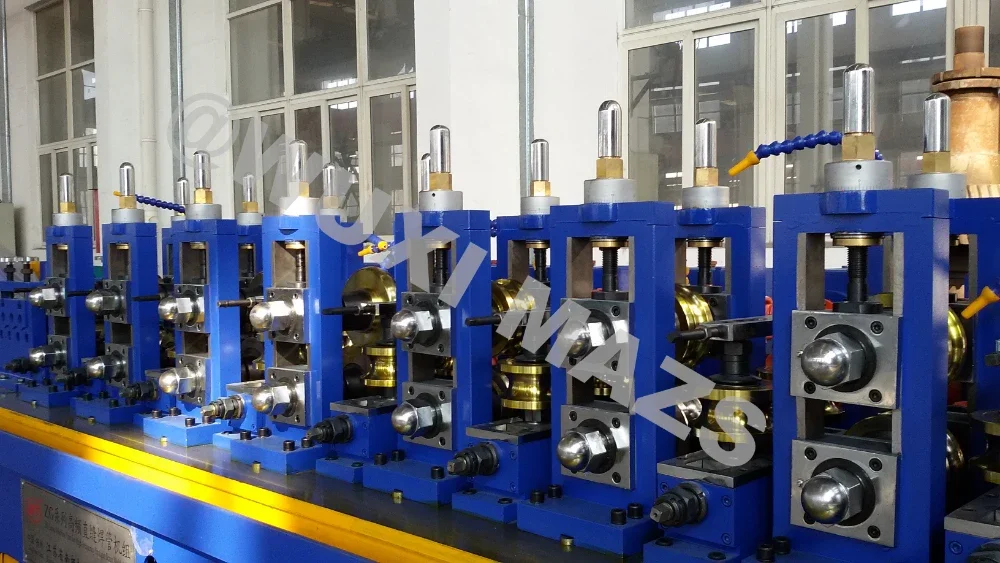Unveiling the Science of Water Dispersant Sprays: Applications, Benefits, and Innovations
In the realm of industrial applications, the importance of effective dispersion cannot be overstated. One of the most innovative solutions to achieve this is the use of water dispersant sprays. But what exactly is a water dispersant spray, and how does it function in various sectors? This article delves into the intricacies of water dispersant sprays, exploring their composition, applications, benefits, and the latest advancements in the field.
Understanding Water Dispersant Sprays
Water dispersant sprays are specialized formulations designed to enhance the dispersion of solid particles in aqueous environments. These sprays typically consist of surfactants, polymers, and other additives that work synergistically to reduce surface tension and promote uniform distribution of particles. The primary goal of these sprays is to prevent agglomeration and sedimentation, ensuring that the particles remain suspended in the liquid medium.
Composition and Mechanism of Action
The effectiveness of a water dispersant spray lies in its chemical composition. Surfactants, which are the key ingredients, possess both hydrophilic (water-attracting) and hydrophobic (water-repelling) properties. This dual nature allows them to interact with both the water and the solid particles, reducing the interfacial tension and facilitating better dispersion.
Polymers are often included in these formulations to provide additional stability and viscosity control. They help to create a protective layer around the particles, preventing them from clumping together. The choice of surfactants and polymers can vary based on the specific application, whether it be in agriculture, construction, or manufacturing.
Applications Across Industries
- Agriculture: In agricultural practices, water dispersant sprays are crucial for the effective application of pesticides and fertilizers. By ensuring that these chemicals are evenly distributed over crops, farmers can enhance absorption and minimize waste. This not only improves crop yield but also reduces environmental impact.
- Paints and Coatings: In the paint industry, water dispersant sprays are essential for achieving a smooth and uniform finish. They help to maintain the stability of pigment suspensions, preventing settling and ensuring consistent color and texture in the final product.
- Construction: In construction, these sprays are used to improve the workability of cement and concrete mixtures. By enhancing the dispersion of additives, such as fly ash or silica fume, water dispersant sprays contribute to the strength and durability of concrete structures.
- Pharmaceuticals: The pharmaceutical industry utilizes water dispersant sprays to create stable suspensions of active ingredients. This is particularly important for formulations that require precise dosing and consistent therapeutic effects.
Benefits of Using Water Dispersant Sprays
The advantages of employing water dispersant sprays are manifold:
- Enhanced Efficiency: By promoting uniform dispersion, these sprays improve the effectiveness of various applications, leading to better performance and reduced material usage.
- Cost-Effectiveness: With improved dispersion, less product is required to achieve the desired results, ultimately leading to cost savings in production and application.
- Environmental Sustainability: The ability to use fewer chemicals while maintaining efficacy contributes to more sustainable practices across industries, aligning with global efforts to reduce environmental impact.
- Improved Product Quality: In industries such as paints and coatings, the use of water dispersant sprays results in higher quality products with better aesthetic and functional properties.
Innovations in Water Dispersant Technology
As industries evolve, so too does the technology behind water dispersant sprays. Recent advancements include the development of bio-based surfactants that offer similar performance to traditional synthetic options while being more environmentally friendly. Additionally, researchers are exploring nanotechnology to create more efficient dispersants that can operate effectively at lower concentrations.
Furthermore, the integration of smart technologies, such as IoT sensors, is paving the way for real-time monitoring and adjustment of dispersant applications, ensuring optimal performance and resource efficiency.
Conclusion
Water dispersant sprays represent a vital innovation in various industries, providing solutions that enhance efficiency, reduce costs, and promote sustainability. As technology continues to advance, the potential applications and benefits of these sprays will only expand, making them an essential component in the toolkit of modern industrial practices. Understanding their composition, mechanisms, and applications is crucial for professionals seeking to leverage these powerful formulations in their respective fields.

Average Rating